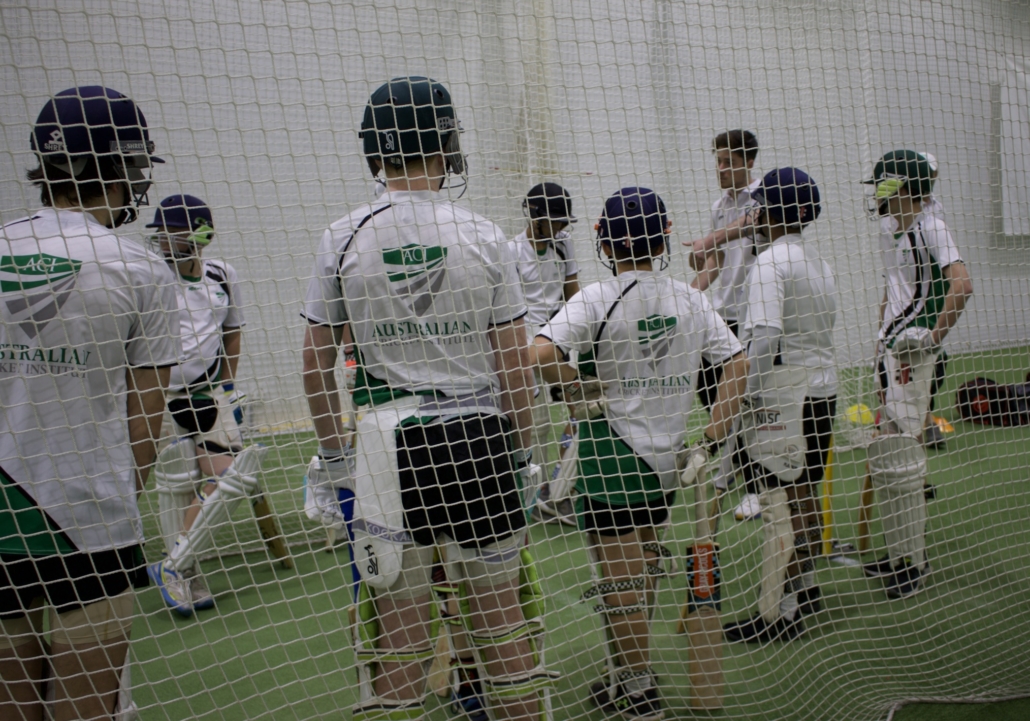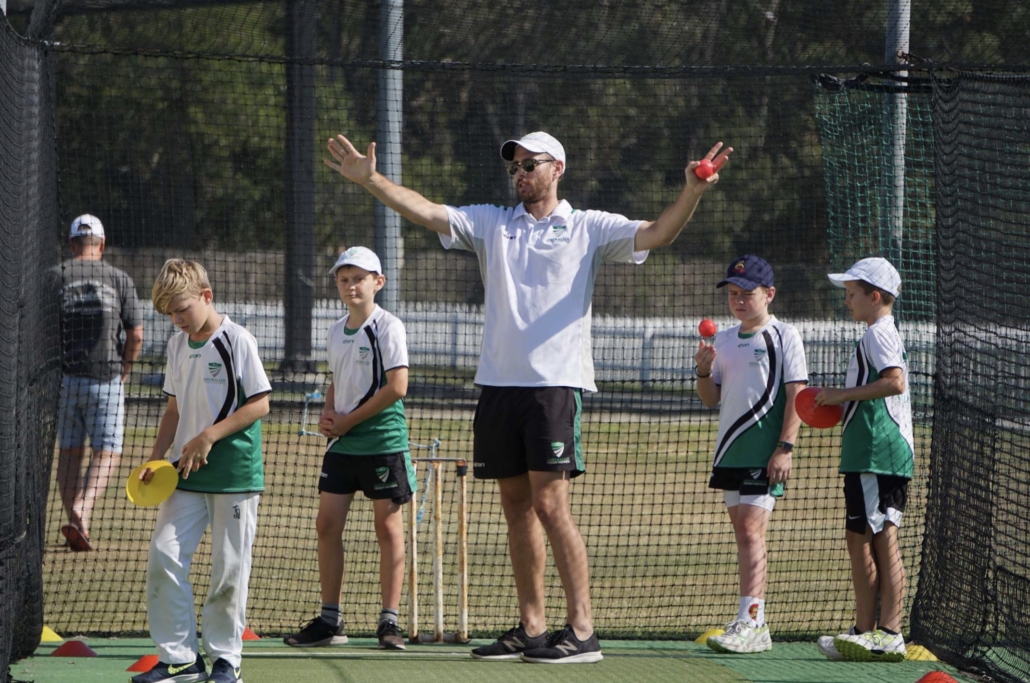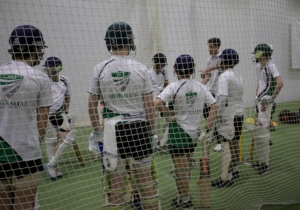In our time developing young cricketers around Australia, we’ve come across a lot of different types of players.
Some of them so dedicated, that they'll do anything to gain an edge over their opponent.
Others are there for the pure love of the game, who enjoy nothing more than playing and enjoying it with their mates.
You have certain players that will say all the right stuff, promising to make more of an effort when it comes to training etc. but never quite acting on them.
There are others, which I’m sure you can resonate with, but the biggest issues we see are players underestimating the importance of the basics, wanting to take the easier option instead.
By no means am I saying that everyone needs to have the same passion and level of determination to make it to the top to play at an elite level.
But there are a lot of habits or key moments in their development that are glossed over.
So let's delve into what I like to call 'Shortcuts' below. Once these shortcuts become habits, it’s an uphill battle for any young cricketer to get what they want out of their game.
Here are the 5 common shortcuts that I see young cricketers taking;
1. Jumping the Gun
What I mean by this is how players are far too eager to jump to the next level in a particular drill or activity without properly mastering the previous level.
This might be a progression in the skill, turning the pace up in the throwdowns, or even to make their scoring zones smaller.
All of this is done so that they don’t seem like they are ‘Behind’, but what I find with these players is they are actually doing themselves a disservice.
Jumping too far ahead and progressing at a rate that they aren’t ready for will lead to deficiency issues in their technique and overall confidence.
The transfer in their skill does not occur to playing in real-time when under pressure, and they really find themselves developing extremely bad habits.
My Tip: Only look to go up a level in your drills or challenges when you can actually consistently execute the skill. (e.g. 4 or 5 out of 6 in a batting drill).
Many many times, I see players hitting balls off balance, or missing their hitting gates etc. and casually going up to their next set of difficulty or progression.
It’s so important to make sure you are at a level where you can do this consistently so that when you hit the next level of the skill, you can make the relevant improvements.
2. Avoiding Situations You May Not Be Good or Confident In
This area is more about players that neglect to improve or develop a certain area of their game on purpose due to the uncomfortableness of being “bad” at it. This, in turn, leads to the player avoiding it altogether.
For me I see this as another clear shortcut, you need to be able to identify and devote time to and have the mentality of “The only way I am going to get better at this is by getting out of my comfort zone and actually having a crack at it” is so important.
You are doing yourself a disservice by not taking it on and approaching it head-on.
I know this sometimes can be tough to deal with, especially if you are in a group setting, but believe me, no one who judges people for jumping in the deep end and trying to get better is worth the time of day anyway.
And besides, you're not going to be a master at everything straight up!
My Tip: Attack these areas of your game on your own or with someone you trust. Whether that's a coach/mentor, parent or teammate. Doing these things in a neutral controlled environment will go a long way to you gaining the confidence to improve. We believe this is where our Academy Programs excel.

3. Underestimating the Small Things
This shortcut is simple but no means small, which again a lot of players dismiss.
The small things I’m talking about are the simple tasks that players don’t think will have an effect on their technical skill.
I often hear them say “That’s not going to make me a better cricketer, how can it!? I’m not even using a bat or a ball”.
But what players fail to realise sometimes is that cricket is much more than hitting, bowling, throwing or catching a ball.
There are other cogs in the machine that make it go around and around. Your ability to consistently perform your technical side of the game is majorly influenced by these.
I’m talking about tasks like reviewing performances and planning out a way forward based on your struggles.
It’s also about engaging in open-ended conversations (like identifying stages of the game or putting yourself through 'in-game' scenarios in the nets). These conversations with players, influential mentors or coaches can open up a whole new perspective on the game that you might have been otherwise blinded to.
I can recall a conversation all too clearly of a time with an established state and international cricketer about bowling a touch fuller for my stock delivery. To be honest, something now that I look back on that I neglected over the years were people trying to speak to me about this and always questioning why the batter doesn’t knick it instead of playing and missing, or feeling like I’m the victim when my spot was on the chopping board.
Taking shortcuts after training, being quick to pack my gear up, laugh off a conversation or simply not even taking an opportunity to speak about it to other influential players had robbed me of success for many seasons.
The point is, is not to be blind to these tasks or conversations. My job and reason for writing this is to open your perspective on it and understand that these are important traits that the very good players we coach have.
My Tip: Take a more holistic approach, start to listen to senior players more often, find a process that effectively reviews your performance and work on focusing on that at your next training session.
4. Getting Bored or Chasing the Next Shiny Object
The next shortcut is best described as getting bored with the basics, following the next shiny object.
Many young players are happy with doing the necessary simple tasks. Sometimes though there tends to be the need to reinvent the wheel with the thought process of, if it looks fancy it must mean you’ll get more benefit out of it!
Nick wrote a whole article on this and I suggest if you haven’t read it yet go do so! It can be found here
But the brunt of it is we see players gloss over the basics. The nitty-gritty parts of the game that make you a much, much better cricketer.
Simple remedial drills are fundamental, spending time nailing how to play as straight as possible or the 80/20 rule (80% fundamentals, 20% funky stuff). These are examples of the “boring tasks” that are neglected after being done once.
After spending time watching how elite cricketers prepare over the years first hand, I can tell you those players aren’t tossing these to the side.
For them they are the most important parts of their game, they are the rudder, steering the ship and making sure their game is at a level high enough that they can deal with the pressure to perform and adapt to the game no matter what the situation is.
Your success in the game is down to performing the skill consistently over periods (games/years) of time.
My Tip: Don’t neglect these tasks, you won't have to spend as much time on them as you get better, but don’t feel that you have to be doing only the hard stuff to challenge yourself. Use them as a warm-up into your session, do a few reps, but never ever neglect them or gloss over them.

5. Doing the Fun Stuff Over the Important Stuff
Don’t get sucked in by your peers.
This shortcut is a common occurrence we hear from parents when we speak to them about prospective academy members. We hear that the better or more committed players become frustrated at club training due to the lack of drive or passion in the group.
Mucking around, wrestling, throwing the grass in the air rather than actually contributing to providing value to their training partner.
By no means am I saying you can’t have fun, but choosing to engage in these sorts of activities while at training obviously can have an adverse effect on your game.
Training still needs to be fun, but the best players in their age groups are the ones who truly have the passion to get better and are not easily sucked into being distracted by activities that they don’t see benefiting their cricket.
You often find yourself at training for an hour, in reality, it's not a lot of time. Make sure that what you are doing is of benefit and that you are showing respect to players with your time by giving them a quality training environment.
My Tip: Always ask yourself how is this going to make me better? Make a choice before you get involved in it. If the answer is no, quickly find a way you can get a positive out of it.
All in all, as I mentioned at the start, there are many different types of players who play the game for different reasons…
And that’s great! But when I hear people saying the words, "I want to get better", or "Why am I not getting opportunities" etc., the first thing I’d be asking myself is how hard have they worked for it?
Hard work doesn’t mean busting yourself to the point of exhaustion, it’s about making sure you’ve given yourself every opportunity to get better at that one time and have not taken any shortcuts in getting there.
You are the driver of your own destiny, but it’s important to have an environment that supports that. Our Academy Program's are just that, if you feel you are looking for a group of like-minded players with coaches who can create an environment to nurture these habits then I seriously suggest you look into it.
As always good luck and hopefully you’ve enjoyed this article 🙂
Written by - Joel Hamilton ACI Co Founder


